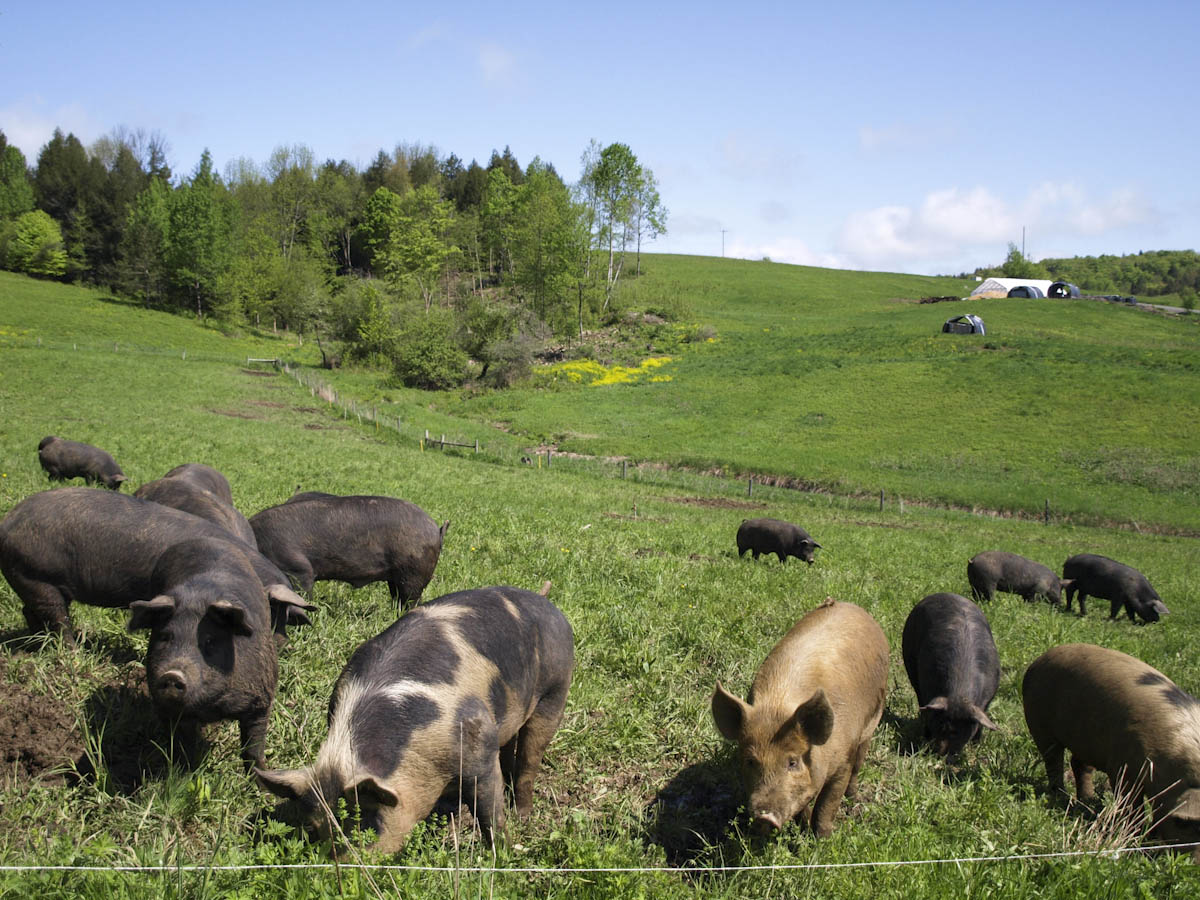I read a recent report about Canadian super pigs with great interest. They sound pretty intimidating — a result of hybridization between wild boar and domestic pigs, these porkers are big and smart enough to survive brutal winters. They build snow forts. They are eerily smart. Their numbers are growing, and they will soon be at our border.
Hold on, let me just quote the article:
North America is…facing a new swine related threat, as a Canadian ‘Super Pig’, a giant, ‘incredibly intelligent, highly elusive’ beast capable of surviving cold climates by tunneling under the snow is poised to infiltrate the north of the country.
A couple things annoy me. As you may have guessed, its overwrought tone is foremost. Much like the murder hornet craze of a few years back, this looks like an effort to get the public briefly, enjoyably worked up by giving an old creature a new name.
It takes twenty or so paragraphs, but the article does get around to acknowledging that these pig-boar hybrids have been around since the 80s, though their population in Canada has exploded in the past eight years. Further, most of the genetics found in domestic European pigs originated in wild boar, which is why even without hybridization feral pigs take on a distinctively boar-like appearance in just a few generations. It is difficult to figure out just where the tame pig stops and the wild boar starts.
Another quibble is the way the article frames the impact of wild pigs. I have no doubt that they do massive damage to crops, and I also have no doubt that they have significant negative impacts on local environments, in the short term.
It’s an important distinction because the pigs aren’t going anywhere. We can hunt and poison and trap to our hearts’ content, and the best we can hope for is keeping the feral pig population at a lower level than it would otherwise reach. Given this state of affairs, how should we manage them?
I would argue that we should be open to the possibility that at least some ecosystems might rebalance to accommodate wild pigs, though it would likely take decades or longer. Maybe coyotes will learn to hunt them. Maybe mountain lions, given a new, reliable food source, will increase their range. Maybe humans, particularly poor humans, will have better access to high quality meat. After all, this is why pigs were released into the wild in the first place.
It isn’t a perfect solution, and if I had my way I would rather there not be wild pigs. But they are out there, not just on our northern border but throughout the southern half of the country by the millions. I would have appreciated a more sober analysis of what that means and whether there could be a more rational approach than simply killing as many of them as possible.
The divisions between wild and domestic are more porous than most of us appreciate, and ecosystems are ever changing, not fixed. Most all the world is directly or indirectly shaped by human activity, a fact that demands sober analysis, not sensationalism.

